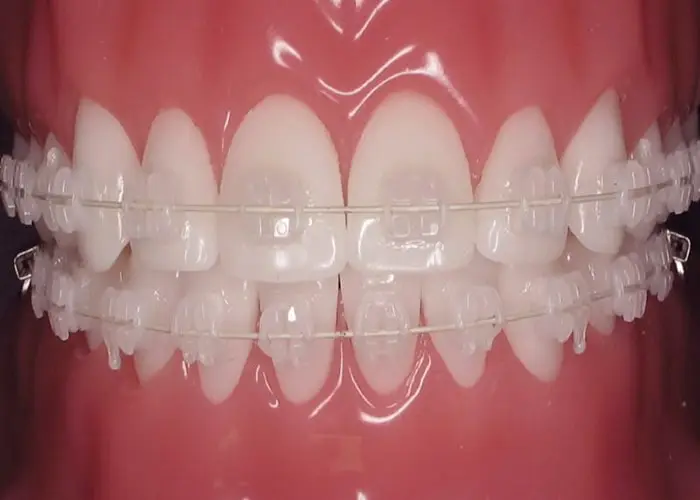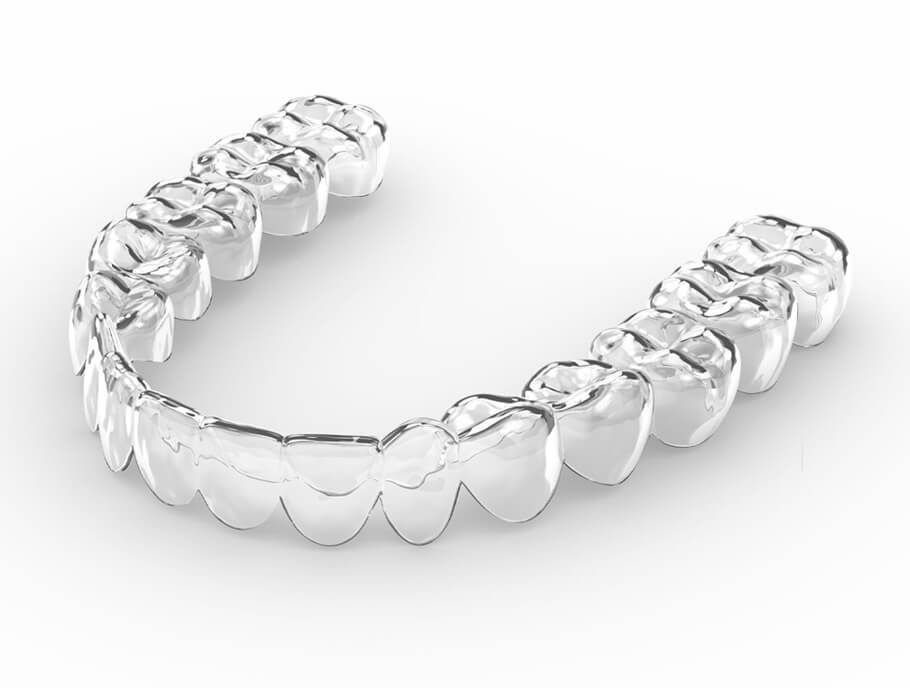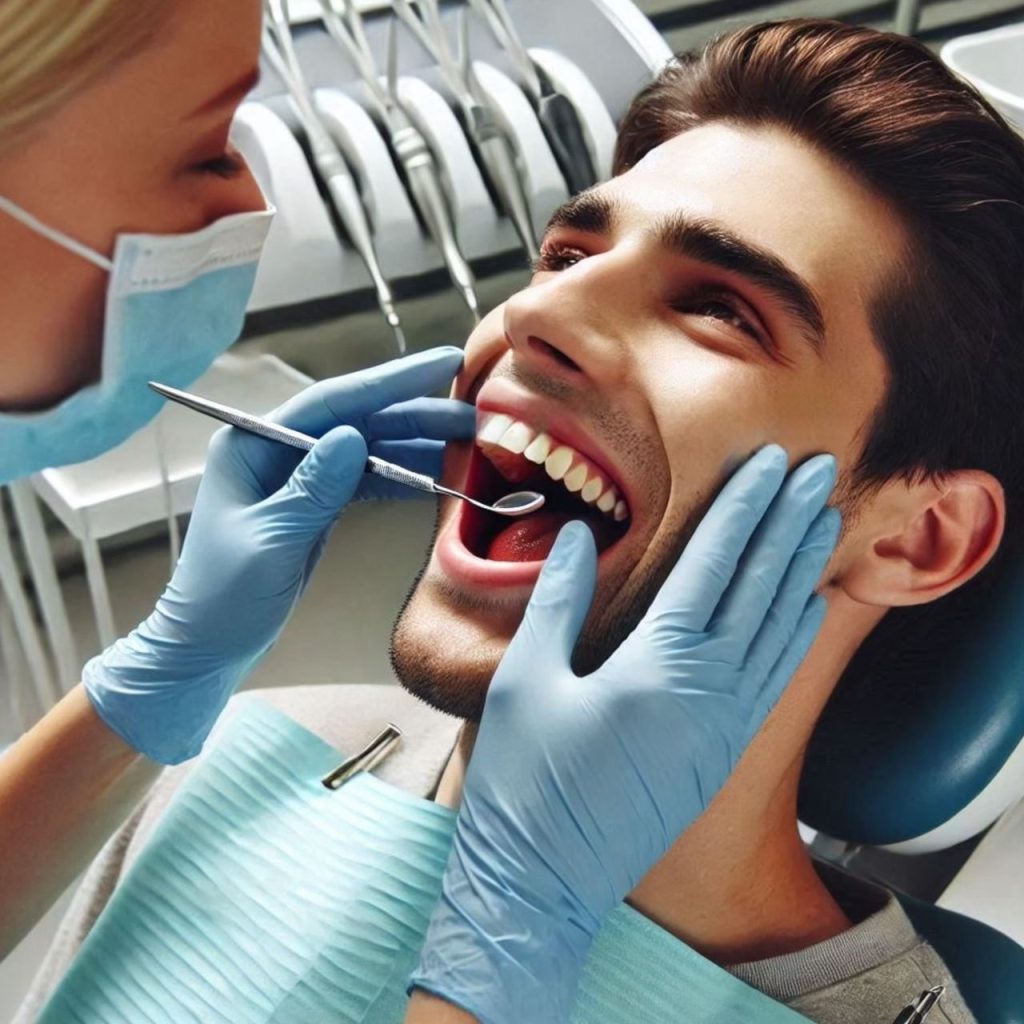Achieving a healthy, beautiful smile begins with selecting the right orthodontic treatment. Orthodontics is not just about aesthetics; it’s about improving oral health, boosting self-confidence, and enhancing overall quality of life. Misaligned teeth can lead to various complications, including difficulties in maintaining oral hygiene, increased risk of dental issues, and even discomfort in speaking or eating. With advancements in orthodontic technology, there are now more treatment options than ever, catering to different needs and preferences. This guide will help you understand the various types of orthodontic treatments available, their benefits and drawbacks, and how to choose the best option tailored to your unique needs.
Why Should You Consider Straightening Your Teeth

Orthodontics focuses on aligning teeth and jaws to improve both function and appearance. Misaligned teeth can lead to various issues, such as:
- Oral Hygiene Challenges: Misaligned teeth are harder to clean, increasing the risk of cavities and gum disease.
- Speech Difficulties: Misaligned teeth can affect speech and pronunciation.
- Jaw Pain and Headaches: Uneven pressure on the jaw can cause discomfort.
- Self-Confidence: A misaligned smile can impact your self-esteem.
Types of Orthodontic Treatments

Traditional Metal Braces
- Features: Metal brackets and wires attached to the teeth.
- Benefits: Highly effective for severe misalignments and cost-effective.
- Drawbacks: Highly visible and require diligent oral hygiene.
- Who Should Consider: Suitable for patients of all ages with complex dental issues.
Ceramic Braces

- Features: Tooth-colored brackets that blend with the teeth.
- Benefits: Less noticeable than metal braces.
- Drawbacks: Slightly more expensive and can stain if not properly cared for.
- Who Should Consider: Ideal for individuals seeking an effective yet less noticeable option.
Clear Aligners (e.g., Invisalign)
- Features: Transparent, removable trays that gradually shift teeth.
- Benefits: Virtually invisible, comfortable, and removable for eating and brushing. Learn more about teeth whitening and other cosmetic treatments.
- Drawbacks: More expensive and require diligent wear (20-22 hours a day).
- Who Should Consider: Great for teens and adults who prioritize aesthetics and convenience.
Lingual Braces
- Features: Braces attached to the back of the teeth.
- Benefits: Completely hidden from view.
- Drawbacks: Expensive, harder to clean, and initially uncomfortable.
- Who Should Consider: Perfect for individuals who need comprehensive treatment without visible braces.
Removable Orthodontics (Aligners and Retainers)

- Features: Used for minor corrections and can be removed while eating or brushing.
- Benefits: Comfortable and easier to maintain oral hygiene.
- Drawbacks: Less effective for complex cases and require patient cooperation.
Comparing Orthodontic Options
| Type of Orthodontics | Appearance | Effectiveness | Comfort | Cost |
|---|---|---|---|---|
| Metal Braces | Visible | High | Requires adjustment | Affordable |
| Ceramic Braces | Less visible | High | Moderate | More expensive |
| Clear Aligners | Invisible | Moderate-High | Very comfortable | Expensive |
| Lingual Braces | Invisible | High | Difficult to clean | Very expensive |
| Removable Aligners | Invisible | Moderate | Very comfortable | Varies |
Post-Orthodontic Care
- Brushing and Flossing: Regular oral hygiene with orthodontic-friendly tools.
- Avoiding Hard and Sticky Foods: Preventing damage to braces and extending treatment time.
- Wearing a Retainer: Keeping teeth in their new position.
- Regular Dental Visits: Monitoring oral health and making necessary adjustments.
Advanced Orthodontic Technologies
- 3D Imaging and Digital Scanning: Helps in planning precise treatment strategies.
- Accelerated Orthodontics: Techniques and devices that speed up tooth movement.
- Self-Ligating Brackets: Reduce friction and discomfort and can shorten treatment duration.
- Custom-Made Appliances: Designed specifically to your dental anatomy for more effective treatment.
Tips for Selecting the Right Orthodontist
- Experience and Qualifications: Look for extensive experience and necessary qualifications.
- Reputation: Check online reviews and ask for recommendations.
- Consultation: Schedule a consultation to discuss your needs and treatment options.
- Technology and Techniques: Ensure the orthodontist uses the latest technology.
- Comfort and Trust: Choose an orthodontist with whom you feel comfortable and can build a trusting relationship.
Preparing for Your Orthodontic Journey
Embarking on an orthodontic treatment journey can be exciting yet overwhelming. Here are some steps to help you prepare:
- Initial Consultation: Schedule an initial consultation with your chosen orthodontist to discuss your concerns and treatment options.
- Comprehensive Evaluation: Undergo a thorough evaluation, including X-rays and digital scans, to assess your dental condition.
- Treatment Plan: Work with your orthodontist to develop a customized treatment plan tailored to your needs and goals.
- Financial Planning: Discuss the cost of treatment and explore financing options or insurance coverage.
- Commitment: Understand the commitment required for successful treatment, including regular appointments and diligent oral hygiene practices.
Living with Orthodontic Treatment
Living with orthodontic appliances requires some adjustments, but with proper care, you can ensure a smooth experience:
- Oral Hygiene: Maintain a strict oral hygiene routine to prevent cavities and gum disease. Use orthodontic-friendly tools such as interdental brushes and floss threaders.
- Diet: Avoid hard, sticky, and sugary foods that can damage braces or aligners. Opt for a balanced diet to support overall oral health.
- Discomfort Management: Use orthodontic wax to alleviate irritation caused by braces. Over-the-counter pain relievers can help manage discomfort after adjustments.
- Regular Check-ups: Attend all scheduled appointments to monitor progress and make necessary adjustments.
How to Choose the Best Orthodontic Treatment for You

Selecting the best orthodontic treatment involves several key factors that need careful consideration. Here’s a step-by-step guide to help you make an informed decision:
- Identify Your Orthodontic Needs Understanding your specific dental issues is the first step. Are your teeth crowded, spaced, or misaligned? Do you have bite problems such as overbite, underbite, crossbite, or open bite? Identifying your needs will help you and your orthodontist determine the most suitable treatment.
- Consider Aesthetic Preferences Orthodontic treatments vary in their visibility. If you prefer a discreet option, clear aligners or lingual braces might be the best choice. If appearance is less of a concern, traditional metal braces or ceramic braces are effective options.
- Evaluate Comfort and Convenience Comfort and convenience play a significant role in the success of your orthodontic treatment. Clear aligners are removable, making them convenient for eating and brushing, while traditional braces require more diligent oral hygiene practices. Consider which option aligns best with your lifestyle and daily routines.
- Assess Treatment Duration Different treatments have varying durations. Traditional braces and lingual braces typically take longer to achieve desired results compared to clear aligners. Discuss the expected treatment timeline with your orthodontist to ensure it fits your schedule and expectations.
- Budget Considerations Orthodontic treatments can be a significant financial investment. Traditional metal braces are generally the most cost-effective option, while clear aligners, ceramic braces, and lingual braces tend to be more expensive. Discuss the costs and explore financing or insurance options with your orthodontist.
- Research Advanced Technologies Modern orthodontics offers advanced technologies that can enhance your treatment experience. 3D imaging, digital scanning, and accelerated orthodontics are some examples. Opting for an orthodontist who uses cutting-edge technologies can lead to more precise and efficient treatment.
- Schedule a Consultation The best way to choose the right treatment is to consult with a qualified orthodontist. During the consultation, discuss your dental issues, treatment options, and preferences. Ask questions about the pros and cons of each treatment, and seek the orthodontist’s professional recommendation.
- Check Credentials and Experience Ensure your orthodontist has the necessary qualifications and experience. Look for certifications, years of practice, and patient reviews. An experienced orthodontist is more likely to provide high-quality care and successful treatment outcomes.
- Consider Patient Cooperation The success of your treatment also depends on your cooperation. Consistently wearing aligners, maintaining good oral hygiene, and attending regular appointments are crucial. Choose a treatment option that you can commit to for the best results.
- Follow Up and Maintenance Post-treatment care is essential to maintaining your new smile. Wearing retainers as prescribed and attending follow-up appointments will help keep your teeth aligned. Discuss the long-term maintenance plan with your orthodontist to ensure lasting results.
This guide aims to provide valuable information to help you make an informed decision about orthodontic treatments. If you have any questions or need further assistance, feel free to contact us.
